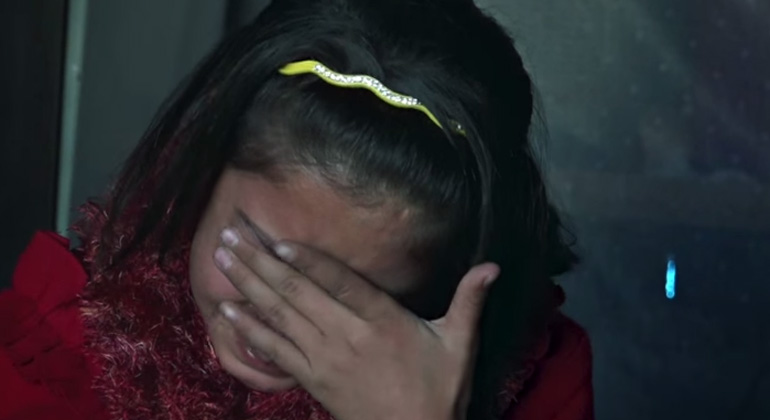14 million children impacted by conflict in Syria and Iraq: UNICEF
As Syria crisis enters fifth year, more support urged for young adolescents
Some 14 million children across the region are now suffering from the escalating conflict sweeping Syria and much of Iraq, said UNICEF today.
With the conflict in Syria now entering its fifth year, the situation of more than 5.6 million children inside the country remains the most desperate. That includes up to 2 million children who are living in areas of the country largely cut off from humanitarian assistance due to fighting or other factors. Some 2.6 million Syrian children are still out of school.
Almost 2 million Syrian children are living as refugees in Lebanon, Turkey, Jordan and other countries. This is in addition to the 3.6 million children from vulnerable communities hosting refugees, who themselves are suffering due to the strain on services like education and health.
Meanwhile, the increasingly interlinked crisis gripping Iraq has forced more than 2.8 million children from their homes, and left many trapped in areas controlled by armed groups.
“For the youngest children, this crisis is all they have ever known. For adolescents entering their formative years, violence and suffering have not only scarred their past; they are shaping their futures,” said UNICEF Executive Director Anthony Lake. “As the crisis enters its fifth year, this generation of young people is still in danger of being lost to a cycle of violence – replicating in the next generation what they suffered in their own.”
Despite the upheaval caused by the conflict, children and young people continue to demonstrate incredible courage and determination. In a series of new portraits unveiled on a special website, childrenofsyria.info, UNICEF recounts stories such as that of 16-year-old Alaa, who fled his home in the war-torn city of Homs, and is today continuing his studies while leading training courses for other children, and 10-year-old Christina, living in a shelter in the north of Iraq who helps even younger children with their lessons.
“Despite the harm they have suffered, the wrongs they have endured, and the apparent inability of adults to bring an end to this horrific conflict, the children affected by this crisis still have courage and determination to build better lives,” said Lake. “Seeing their determination, how can we be any less determined to help them? Knowing that they have not given up hope, how can we?”
UNICEF is urging longer-term investments to meet the needs of children and adolescents, to equip them with the skills and motivation to build a more stable future for themselves. Such investments, UNICEF says, should include:
- Opportunities for remedial education, vocational training, and recreation for adolescents. With some 5 million Syrian aged between 12 and 18 years old, young people require support that can provide skills and support livelihoods.
- Formal and informal learning opportunities for children impacted by conflict, and certification systems that help maintain pupils’ academic status.
- Services for vulnerable children, including survivors of violence, that provide psychosocial care and assistance.
- Strengthening education and health systems, as well as livelihood support, in host communities so all children affected in some way by the conflict are supported.








